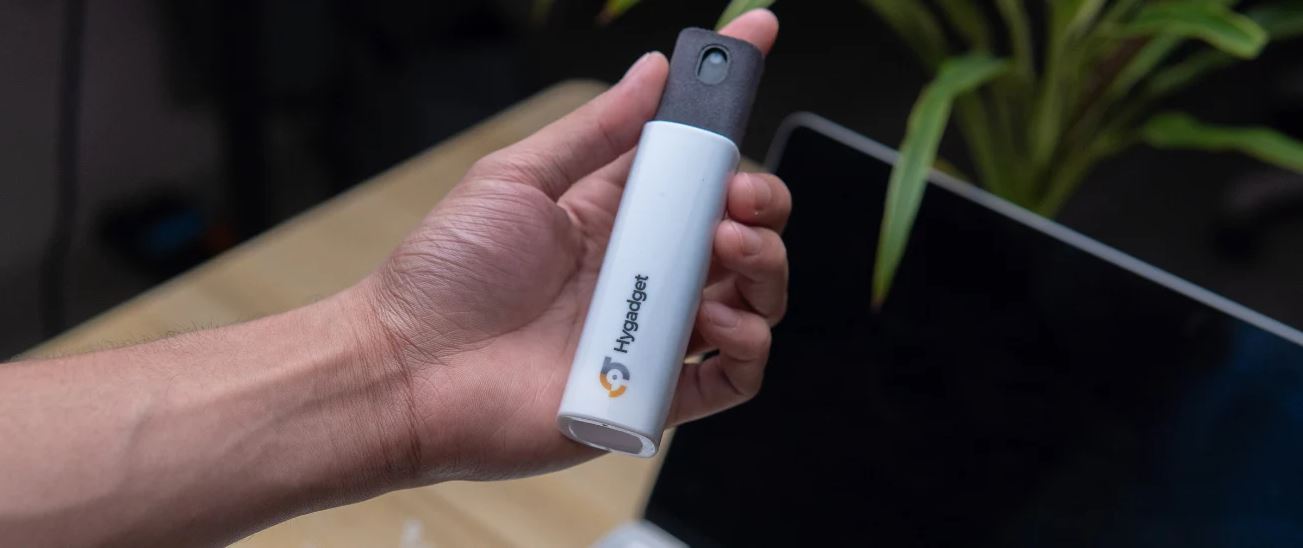Anti-reflecting (AR) coatings are a must in the modern days as they enhance visual clarity and reduce eye strain by minimizing glare. These coatings are applied to a variety of devices including smartphones, tablets, and computer monitors to provide a satisfying visual experience in the digital age.
However, despite their benefits, AR coatings are delicate and prone to damage from physical abrasion, chemical exposure, and environmental factors. Therefore today’s discussion will explore common causes of damages and guide you on how to preserve these special coatings.
How AR Coatings Work
AR coatings are composed of multiple layers of metallic oxides that are applied to the glass or plastic surface of a screen. Each of these layers is scientifically designed to have a specific thickness that is a fraction of light’s wavelength. This precision then allows the layers to interfere constructively and destructively with incoming light, effectively canceling out certain wavelengths of light that cause glare. For a more in-depth look at how these coatings are engineered and their optical properties, we recommend reading this comprehensive guide by Edmund Optics on anti-reflection coatings.
Benefits of AR Coatings
The primary benefit of AR coatings is they have the ability to significantly reduce glare and thus enhance screen readability and reduce eye fatigue. A scenario where this would be advantageous is when uncoated screens during the daytime in bright environments might display reflective hot spots that can distract or discomfort the viewer. While these benefits are widely recognized in the context of eyewear, they are also relevant to the AR coatings used on computer screens, mobile devices, and other digital displays. For a more detailed exploration of these benefits, see VSP Vision Care’s post on the advantages of AR coatings.
Common Causes of AR Coating Damage
Now that we’ve discussed how anti-reflective coatings work and their benefits, let's dive into understanding the most common and impactful causes of coating damage. Acknowledging the common causes of AR coating damage will help us be more careful in handling and maintaining our AR-coated screens.
Physical Abrasion
When cleaning your AR-coated screens avoid using rough materials like paper towels or general-purpose cloths that can scratch the delicate AR coatings, especially if you apply a firm pressure.
Also, watch out for particles that accumulate on the screen which can act like sandpaper when rubbed across the screen when cleaning. This can cause fine scratches that degrade the coating.
Chemical Erosion
Avoid Harsh cleaning solutions like those containing ammonia, acetone, or high concentrations of alcohol. These are well-known ingredients that can chemically degrade AR coatings and strip them away causing cloudiness and discoloration.
Environmental Factors
Continuous exposure to UV light such as from the sun when using your device outdoors or near a window can also contribute to breaking down the chemical structure of AR coatings. This prolonged exposure will eventually lead to their gradual deterioration and reduced effectiveness in glare reduction.
Best Practices for Cleaning AR-Coated Screens
Incorrectly cleaning your AR-coated screens is one of the main reasons why they diminish. Here are some best practices we suggest for safely cleaning AR-coated screens without causing damage to them:
-
Select the Right Cleaning Materials
Use non-abrasive cloths for wiping ideally a microfiber cloth which is gentle at removing fingerprints, dust, and smudges without scratching your screen’s surface.
Opt for cleaners that won’t harm your AR-coated screens. These solutions are typically free from harsh chemicals like ammonia or alcohol which can degrade the coating. If you’re using an alcohol-based cleaner make sure it's mild e.g. no more than 70% isopropyl alcohol. Delve deeper into the science behind effective screen cleaners.
-
Cleaning Technique
Power down and unplug your mobile or computer screen from any power sources for safety and to see the dirt more clearly.
With light pressure, gently wipe your device’s screen in a circular motion to avoid scratching and avoid vigorous rubbing as this can wear down the AR coating.
Choosing the Right Products for Safe Screen Cleaning
Selecting the right cleaning products can be tedious when it comes to preserving the quality of your AR-coated screens, from smartphones to laptops and computers. For this, we recommend our very own Hyscreen Kit from Hygadget which offers a safe and effective way to maintain screen clarity whilst being gentle on your delicate AR-coated screen devices.

This specially formulated cleaner is free from harsh chemicals like ammonia and alcohol, making it ideal for delicate surfaces. It also features a non-abrasive cloth that is merged with the spray bottle for a 2-in-1 solution making routine cleaning easier and offering a streak-free finish without compromising the protective AR coating. Opt for the Hyscreen Kit today and ensure your screens remain pristine and protected!






